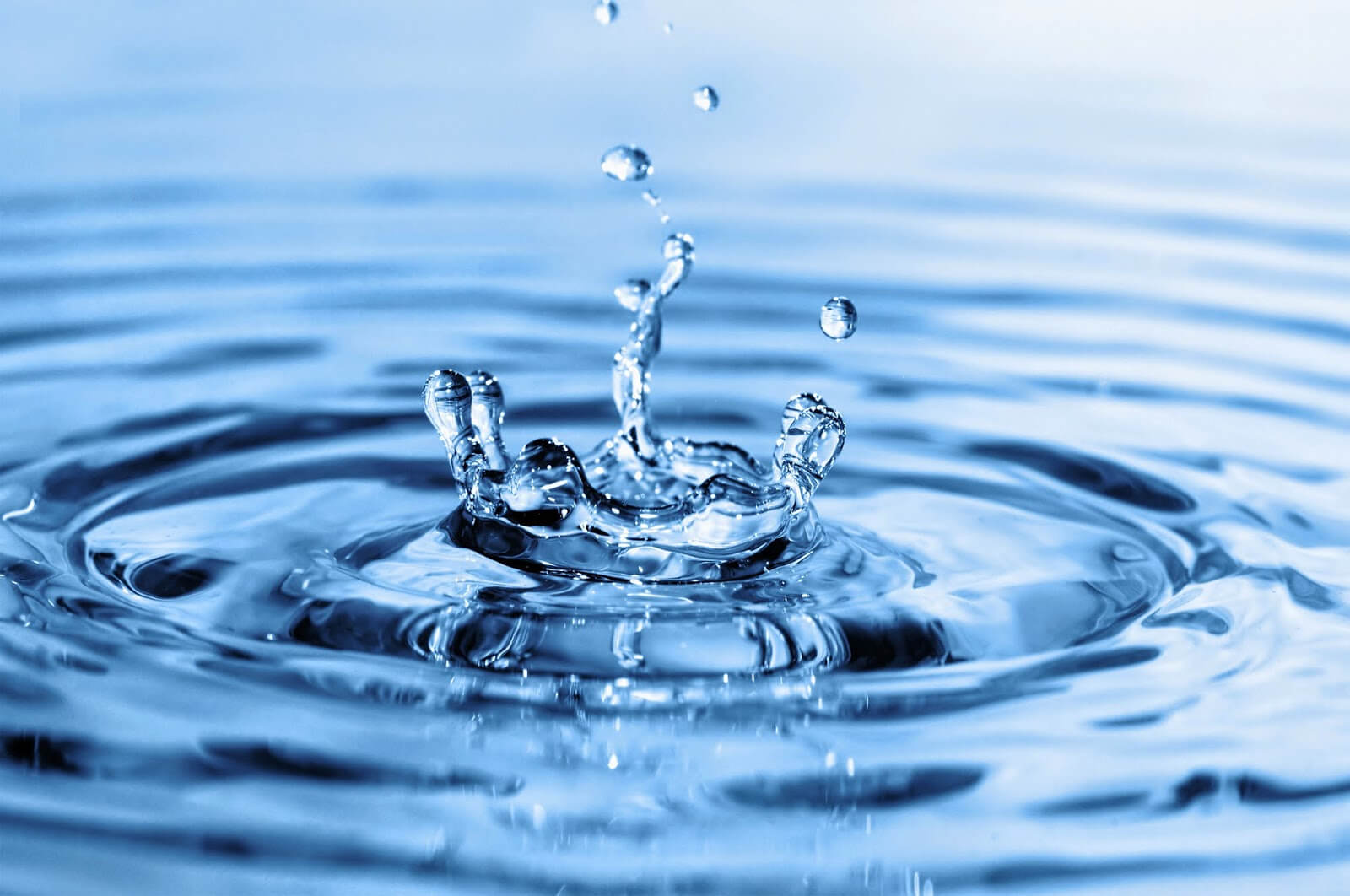Recent advancements in water cleaning technologies are reshaping the landscape of water treatment and purification. Here are some of the most significant breakthroughs:
Advanced Filtration Technologies
- Nanotechnology: Innovations in nanotechnology have led to the development of advanced filtration systems that utilize nanoparticles to capture contaminants effectively. These systems enhance the removal of both visible and microscopic impurities from water sources.
- Membrane Systems: New membrane technologies, including nanocomposite membranes, are improving selectivity and fouling resistance. These membranes allow for higher water recovery rates while reducing energy consumption, addressing limitations of traditional methods.
Smart Water Monitoring Systems
The integration of IoT-based sensors enables continuous monitoring of water quality parameters such as pH, turbidity, and chemical composition. This technology helps in proactively identifying potential water quality issues through data analytics, allowing for timely interventions.
Decentralized Water Treatment Solutions
Decentralized systems offer modular and scalable solutions, particularly beneficial for remote or underserved areas. These systems reduce infrastructure costs and energy requirements, empowering communities to manage their water resources more effectively.
Innovations in Desalination
Recent advancements in desalination methods, particularly reverse osmosis and forward osmosis, have significantly improved energy efficiency and reduced costs. Innovations in membrane materials and engineering solutions have made desalination a more viable option for regions facing water scarcity.
Solar-Powered Water Purification
Guihua Yu’s research on solar-powered hydrogel systems represents a breakthrough in sustainable water purification. These hydrogels can absorb moisture from the air or seawater and purify it using solar energy, offering a cost-effective solution for clean water production.
Bioaugmentation and Carbon-Based Purification
Bioaugmentation techniques introduce specific microorganisms to wastewater to break down contaminants effectively. Meanwhile, carbon-based materials like activated carbon and graphene are being used for their superior adsorption capabilities to remove a wide range of pollutants from water.
Acoustic Nanotube Technology
Originally developed by NASA for space applications, this technology uses acoustic vibrations to drive water through carbon nanotubes, effectively filtering out contaminants without relying on pressure alone .
These innovations not only enhance the efficiency of existing water treatment processes but also pave the way for more sustainable and accessible solutions to global water challenges.

